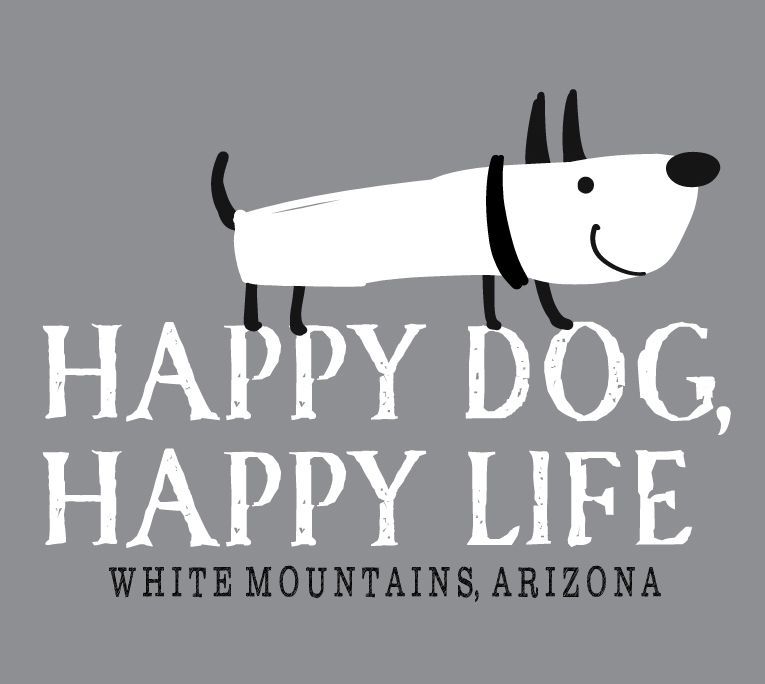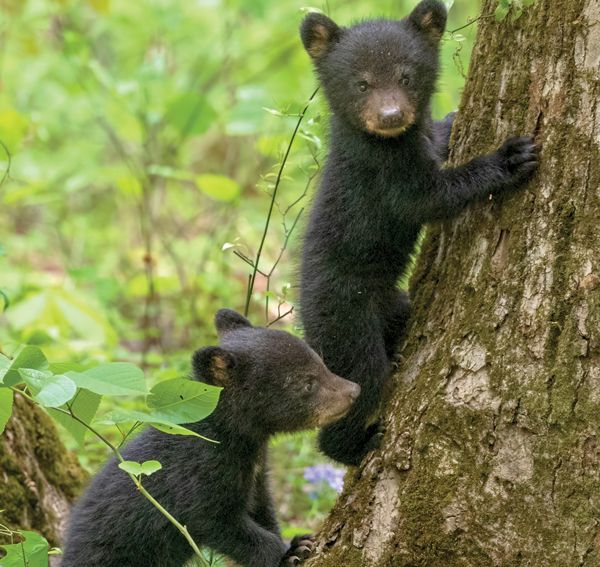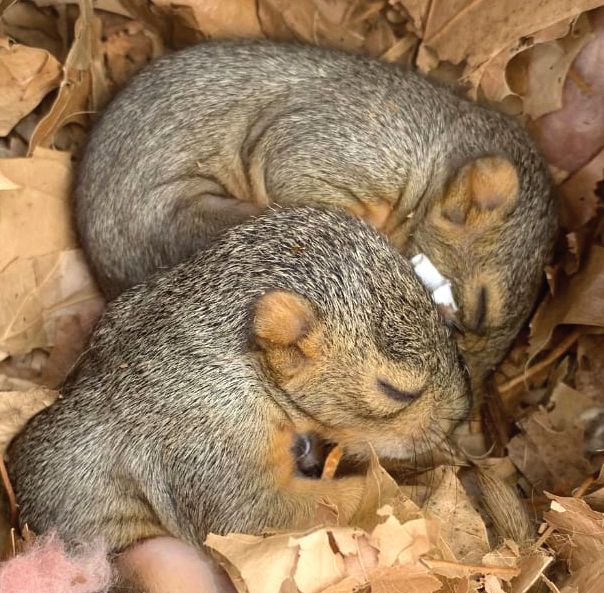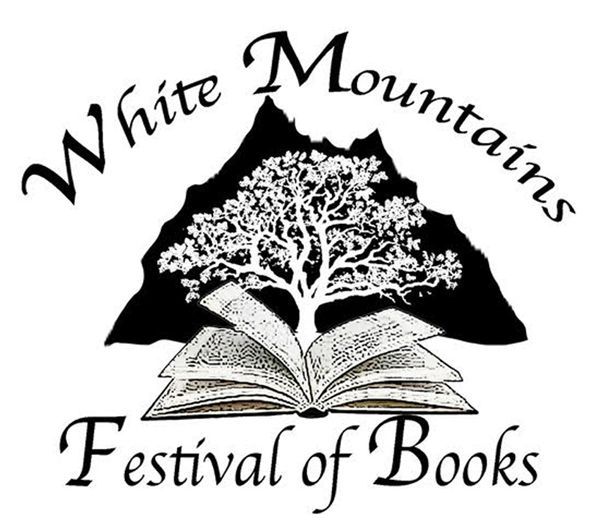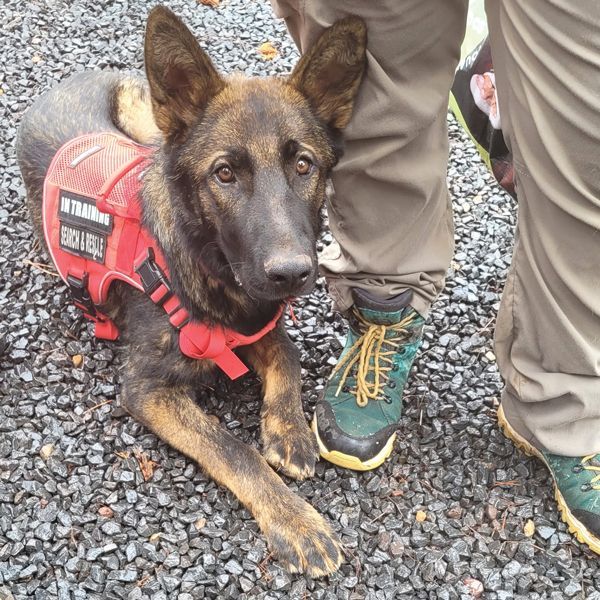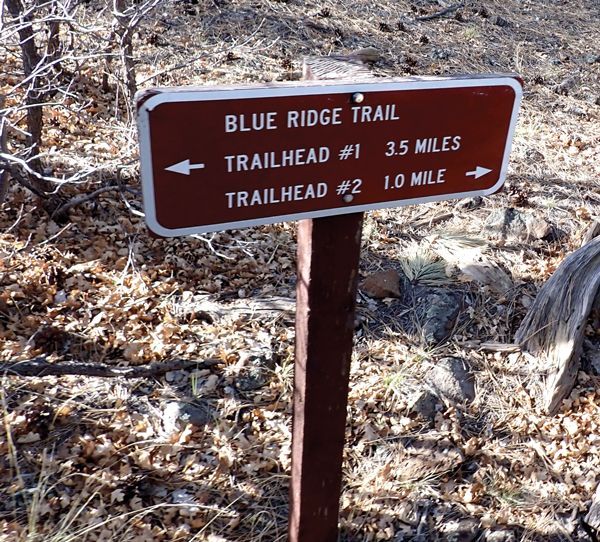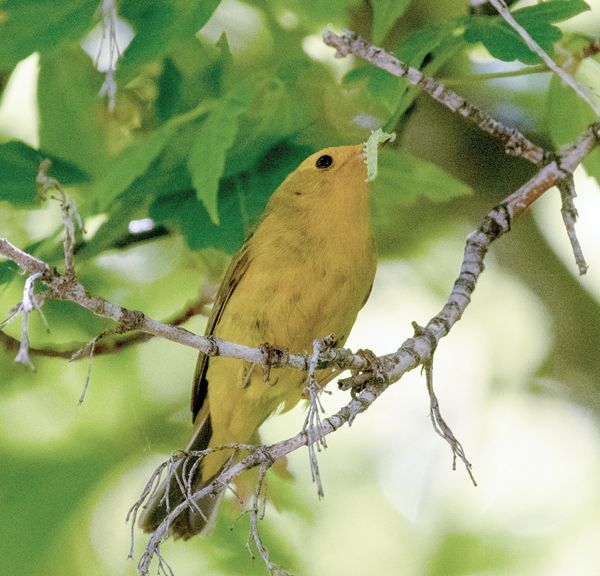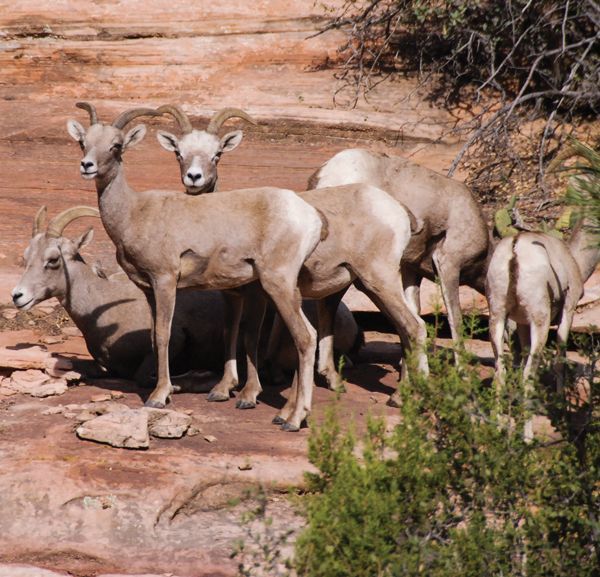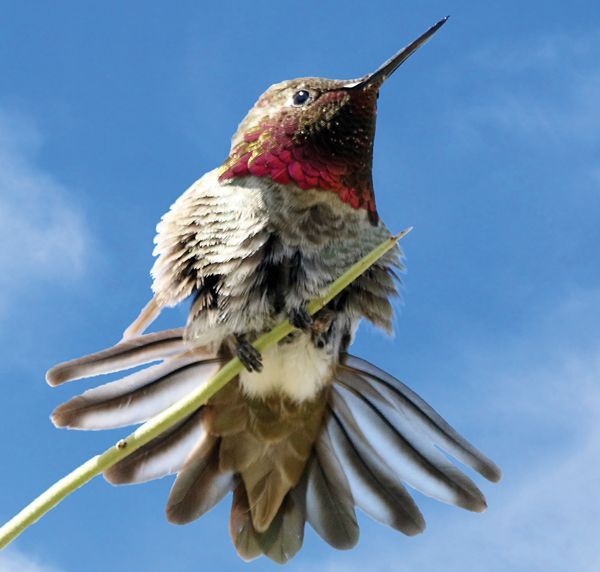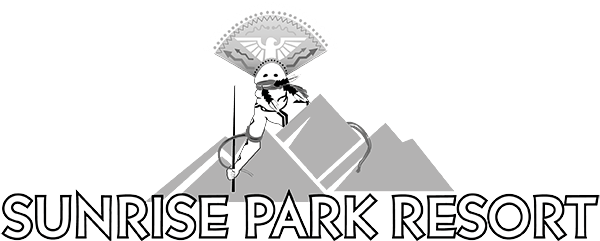Wild travelers in the snow
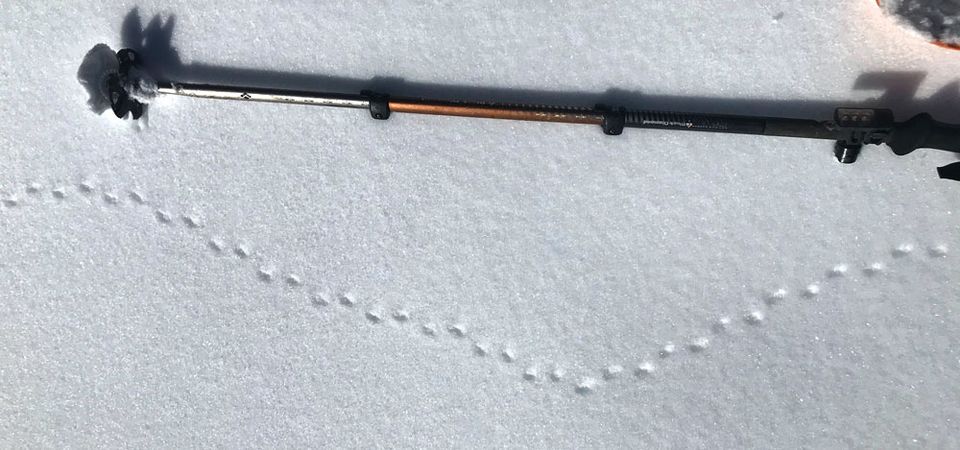
One of the things many of us enjoy about mountain biking or hiking is the feeling of purity and solitude we find when out in nature. We feel as if we are alone in the woods, but a snowshoe adventure along the same trails we normally follow in when dry, will show you what a busy and populated place our forest is. Many people have the idea that animals wander randomly across the landscape, but this is shown to be false when you examine tracks in the snow. Trails we use during the day are extensively used at night by all kinds of animal species. Elk and deer routinely follow the same trails historically used across generations and even when the trails are snow covered, animals still travel the same routes. Rabbits and squirrels follow pathways normally invisible to us in dry weather, but revealed obviously when examined in snow.
Rabbit tracks are easy to identify because they normally travel in a tripod pattern: two parallel back feet and two nearly in-line front feet. Jack rabbits can travel using 10-15 foot leaps and cotton tails normally move with 10-12” between track sets. Close inspection reveals their warren areas which are usually the hub of a wheel of track paths moving out in all directions for foraging.
Squirrel tracks usually move from tree to tree and there is normally a shower of bark particles, broken off each time the squirrel moves up and down, at the base of each tree that is used as part to their territory. Squirrels will also drop pine needle clusters as they chew on the cambium layer at the ends of fresh branches.
Ringtail cats leave prints that looks similar to housecat tracks, only much smaller and leading from tree to tree.
Neotoma (pack rat) tracks will show a tail drag after each group of 4 footprints and will proceed from woodpile to woodpile or bush.
Flying birds leave sets of parallel tracks spaced apart for each hop, walking birds such as turkeys or ravens will leave 4-toed left-right tracks as they walk.
Elk normally travel in groups and after snow storms, will move from tree to tree, foraging for grass under the snow. You can find bedding areas in the snow which look like glassy bowls, created by the snow melted by body heat and then frozen overnight as the animal rests. You will usually also usually see where the animal relieved itself as it got up in the morning!
Coyotes often travel long distances on top of the snow, foraging for food and patrolling their territory. Dog/Coyote tracks normally show the nails at the front of each track, while cat/bobcat/lion tracks are rounder, softer and do not show the claws.
Lastly, falling snow off of pine needles leaves rectangular marks in the snow, dislodged snowballs create geometric rolling tracks and wind can create awesome patterns in the blown snow. Take time to take a look around you the next time you go out for a snow walk and you will be amazed by the amount of activity that goes on every night out in the woods.
©2021 OSW, Who Goes There?

